Beginner’s Guide: Computer setup for running DAW
Form a band online, promote your music, buy custom beats, sound parts, and share your Beat or Track as a Royalty Free loop with us. Collaborate to make beats online with the best loop makers from around the world on the Forum for musicians and beat makers. Keep up to date with Music News and learn from FL Studio Video Tutorials and the articles on the Blog. Free DAW Music Software downloads, VST and Instrument Packs for FL Studio, Pro Tools, Logic, Ableton, and how to use the most popular free DAW Software, Fruity Loop Plugins, MIDIs and more.
Digital Audio Workstations (DAWs) have become the most necessary possession for people working in music production. Composers, arrangers, keyboard programmers, rhythm programmers, mixing engineers; most of them would rely on a DAW and use it as an integral tool for smoother and faster production. Hardware compatibility is paramount to ensure the seamless running of DAWs on computers. Professional music producers would obviously have highly expensive and sophisticated setups for their DAWs, even at home. But what if you are a fledgling music producer or an aspirant, who wants a good minimal setup at home to start things off?
Here are some basic tips to get your minimal home setup up and running:
Dedicated system for audio
Do not try to set up your DAW on your normal personal computer that is in daily use. Do purchase a separate computer with appropriate configuration and dedicate it solely for music/audio recording and production. This would ensure the stability, durability and reliability of your system as it would be processing and handling a large amount of data regularly.
An appropriate processor (CPU)
Processing speed is the key for any good software to run smoothly on your computer. Even in your normal personal computer, a good processor (CPU) would ensure that your multimedia software runs reasonably well. Thus the computer you have dedicated for music/audio recording and production should be equipped with the most compatible processor. A core is an independent processing unit in your CPU. A processor equipped with multiple cores can perform various computing instructions parallelly, thus improving the speed and efficiency of your system. 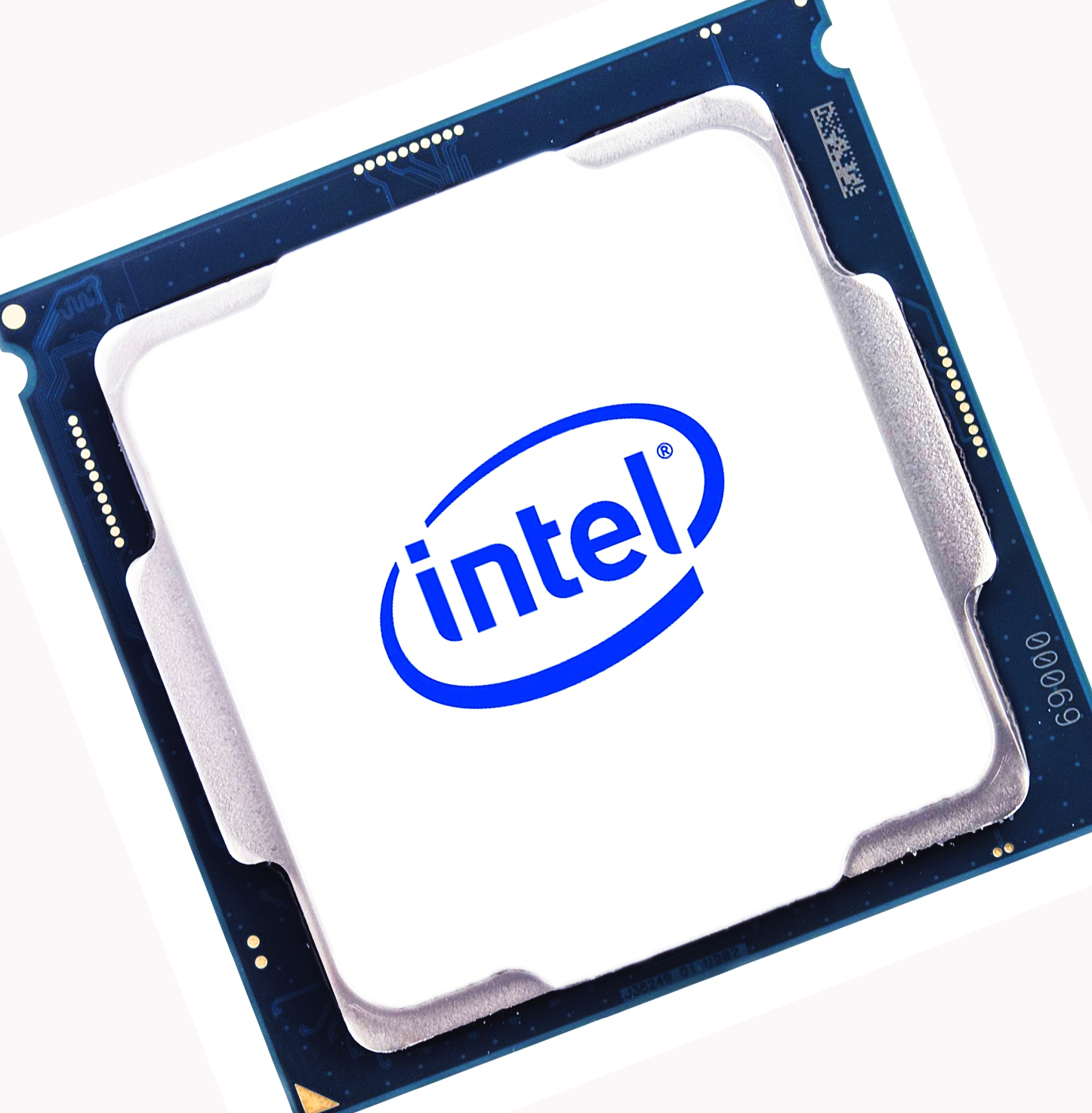
Multicore processors have become mainstream today, with even some of the most basic laptops being equipped with dual-core processors. A quad-core processor is often suggested as the bare minimum requirement for computers handling audio/music recording and production. However, if you are ready to shell out a few extra bucks, the Loopazon team recommends a hexacore processor like the Intel® Core™ i5-9400F, to start things off.
3. Sufficient memory (RAM)
The seamless performance of any computer depends not only on the capacity of its processor, but also it’s Random Access Memory (RAM). A high performing multicore processor might prove virtually useless if your computer does not have sufficient RAM. The RAM is the memory that stores the working data of your computer. The recommended minimum RAM for a basic personal computer today is 4GB, while 8GB and 16GB RAMs would ensure much more seamless performance. Besides, with the increasing demand of RAMs after the advent of online shopping portals, prices have dropped. While a 4GB RAM is the bare minimum requirement to run most modern DAWs, Loopazon recommends starting off with at least an 8GB RAM. However having a 16GB RAM would make it a perfect pair for the Intel® Core™ i5-9400F processor recommended by Loopazon.
Some of the best RAMs Loopazon would highly recommend are:
i) Vengeance LPX 16GB DDR4 (1x16GB) 3200MHZ UDIMM C16 RAM Memory Module by CORSAIR
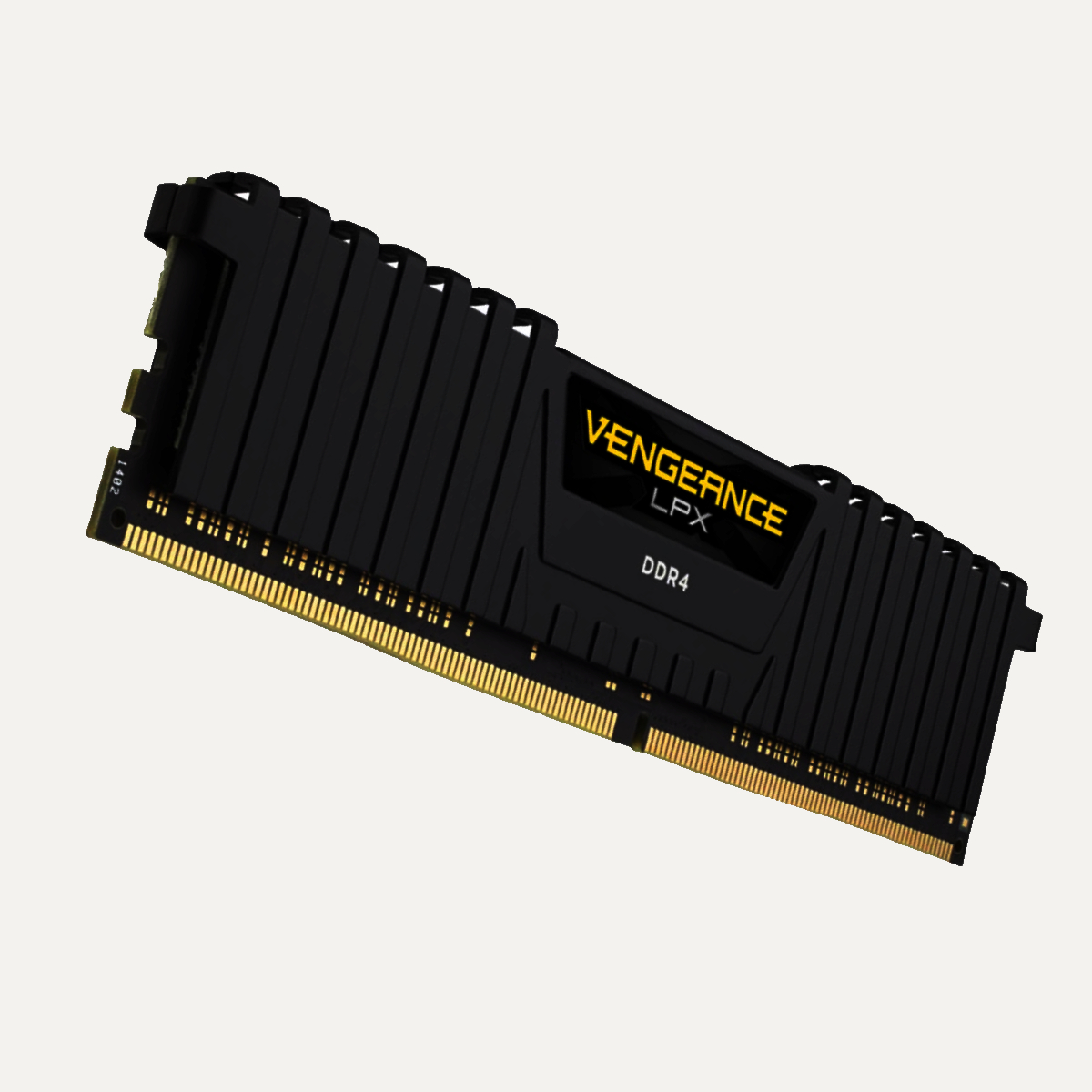
One of the most efficient 16GB options out there, the LPX comes with an aluminium heat spreader that directs the heat away from the integrated circuits. Working at an impressive 3200MHZ speed, the LPX 16GB DDR4 is compatible with the Intel i7 processors besides working well with the Intel 100 series, Inter 200 series and the Intel 300 series processors.
ii) The CT16G4SFD8266 16GB Single DDR4 2666 MT/s PC4-21300 DR x8 SODIMM 260-Pin RAM by CRUCIAL: CT16G4SFD8266 16GB Single DDR4 2666 also holds an equally high rating in the most popular online portals.
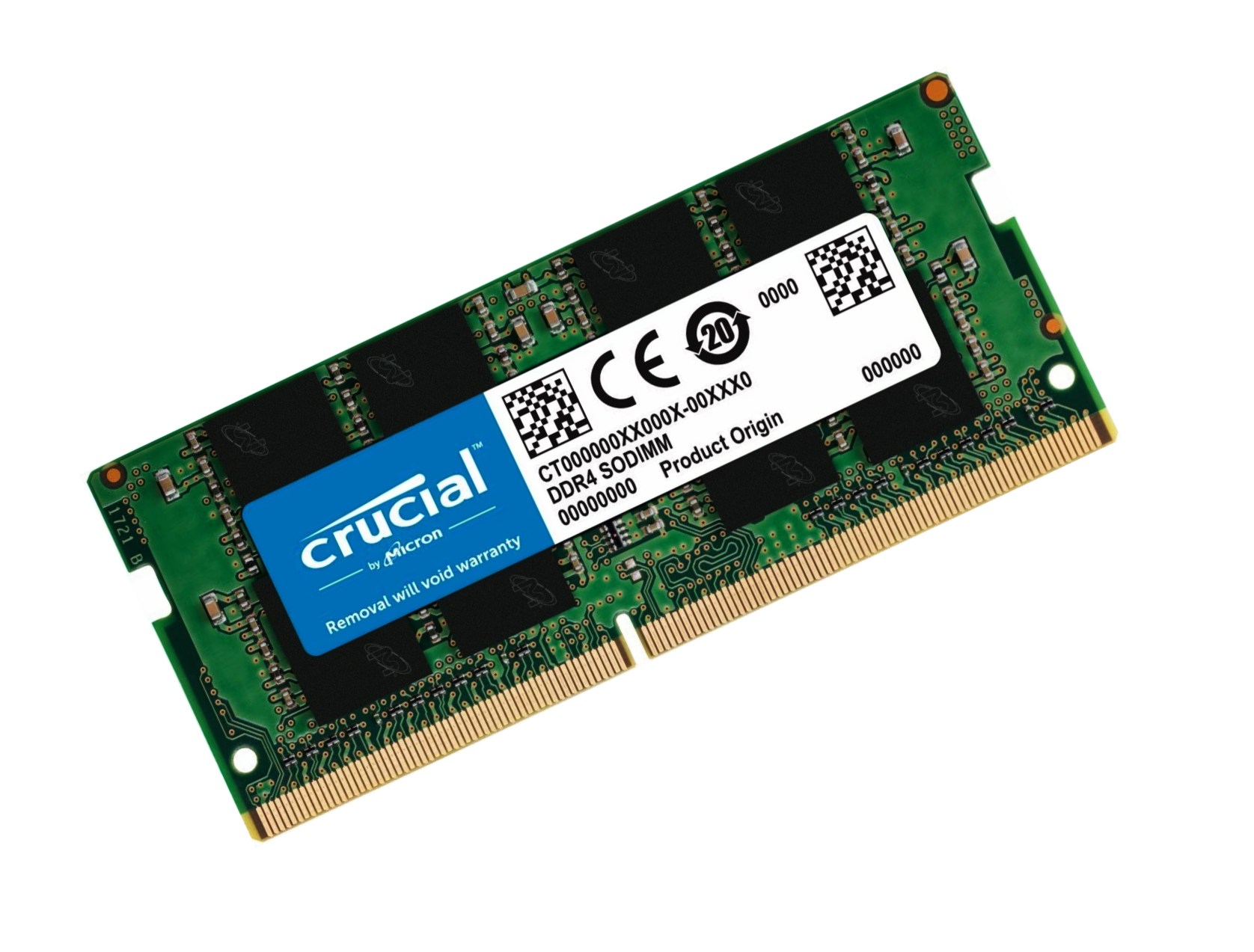
Like its siblings from the Crucial lineage, the CT16G4SFD8266 not only ensures high performance, but also extends the battery life of your system by decreasing the power consumption up to nearly 40 percent.
iii) HyperX FURY 8GB (2x4GB) 1600MHz DDR3 CL10 DIMM by KINGSTON: This is the something we would love to recommend besides 8GB offerings from Corsair and Crucial. The FURY is highly versatile being equally compatible with both Intel and AMD powered systems.
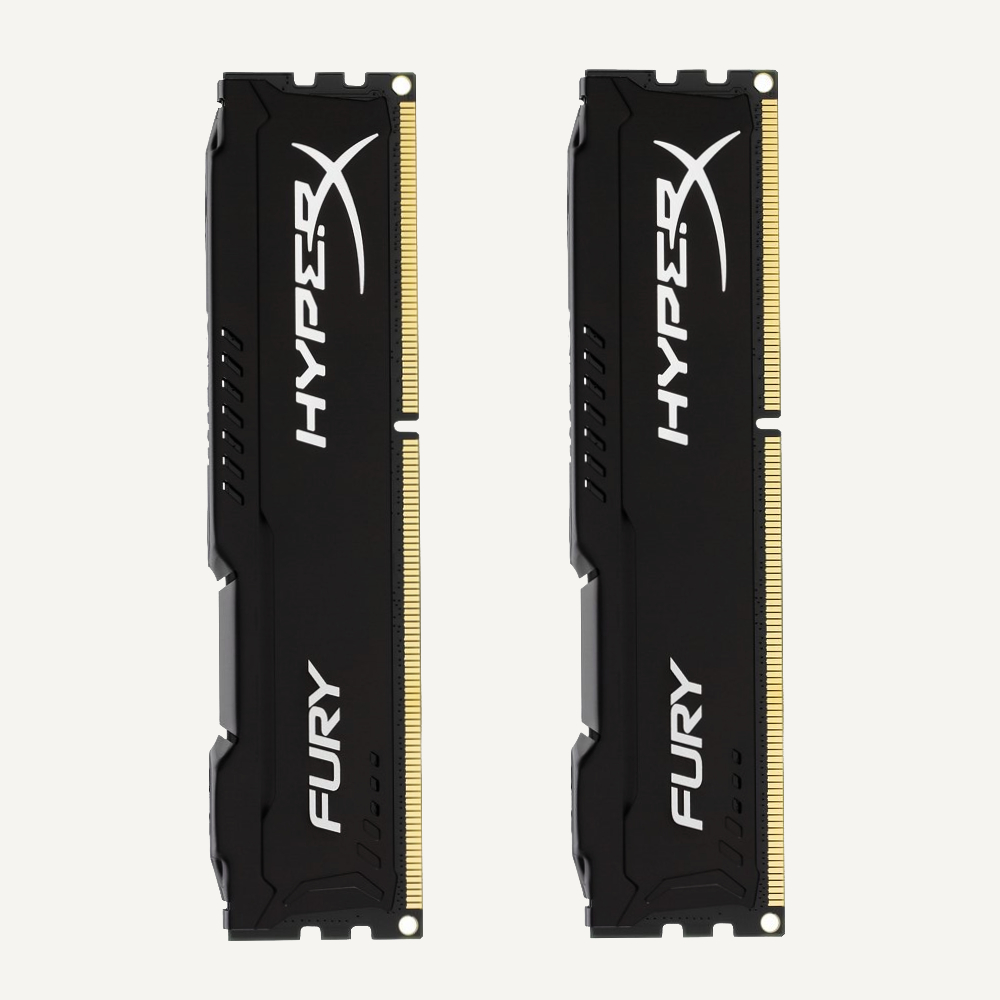
It does offer a heat spreader similar to Corsair’s LPX. It also requires no adjustments in BIOS to reach optimum speed levels.
iv) Elite 8GB DDR4 by TEAMGROUP: The Elite DDR4 is one of the best among the affordable 8GB options out there. It has a low working voltage of 1.2V and has been QVL approved by many of the well-known motherboard manufacturers.
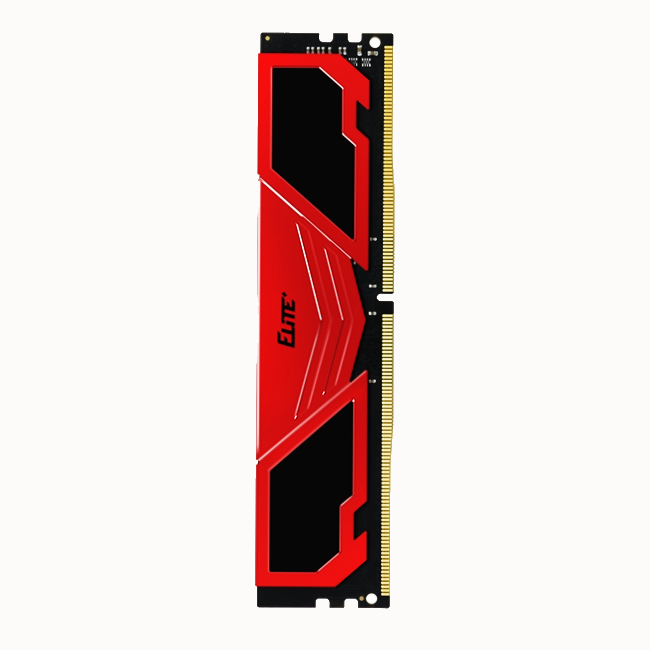
Teamgroup offers a lifetime warranty for the Elite DDR
4. The most comfortable monitors
One of the most important things you are going to need while setting up your DAW is an excellent monitor, or multiple monitors. As a music/audio producer, you are going to be spending hours in front of your computer and thus need to ensure that you don’t strain your eyes. Apart from that, you need to ensure that you have a lot of space. You are going to be working with a lot of plugins and your DAWs will have long timelines. Using a normal resolution monitor would make it an ordeal to scroll through and traverse through your timelines and all other other options on your production software. You will be wasting a lot of productive time, doing just this. Thus the minimum requirement for you as a music/audio producer would be a good high-definition monitor, or two integrated high-definition monitors.
Let us look at some of the best and most affordable options that Loopazon recommends in a DAW setup:
i) Samsung SF354 27 inch LED monitor (Full HD): The brand name says it all! Samsung needs no introduction even to a layman. Over the past few decades, they have been producing some of the finest electronic products.
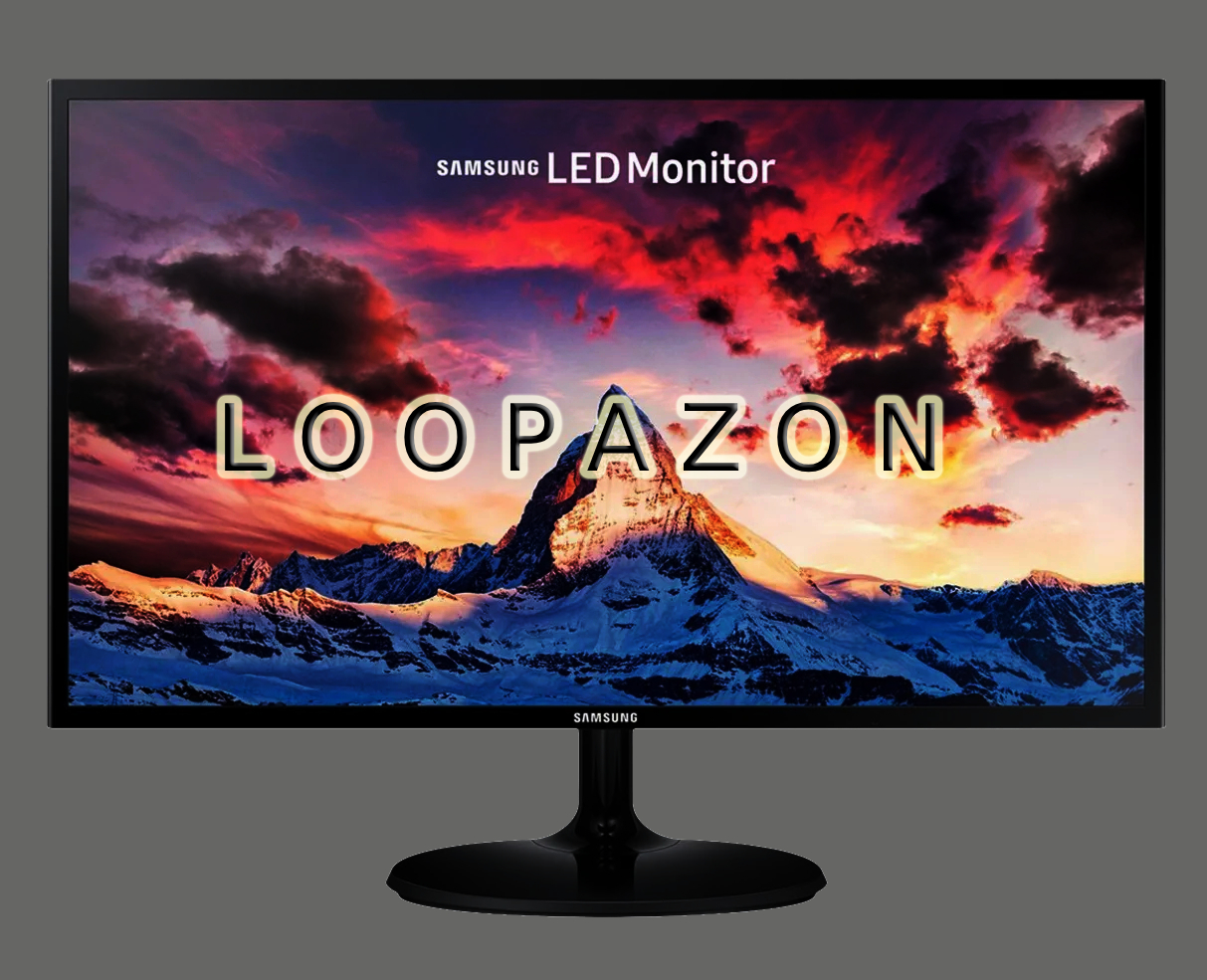
With its irresistible glossy back exterior design, the ultra slim monitor (less than 0.4 inch thick) comes at a mere $140. The oval shaped stand adds to its style. Samsung’s eye-saver mode prevents asthenopia to a considerable extent. It works by reducing the blue light emissions saving your eyes from fatigue during prolonged working hours. Samsung’s wide viewing angle is also an added advantage for music/audio producers while working in an integrated multi-monitor setup.
ii) LG 29 inch Ultrawide monitor (Full HD): Again, if you are ready to shell out some extra bucks Loopazon recommends the LG 29WN600 -W 29 ultrawide monitor as the best thing to start with.
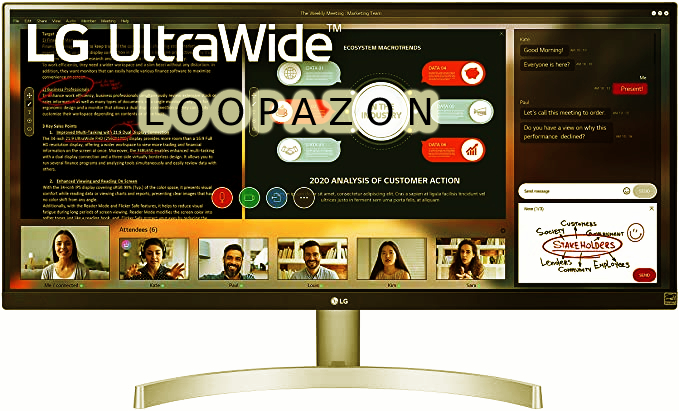
LG too has been an electronics brand of considerable reputation in the past few decades. Coming at a price tag of $247, the product itself seems like it has been custom made for music/audio producers and film/video editors, who work with dozens of plugins and long timelines in their software application. An excellent tool even for office use as it facilitates smooth multitasking. With its IPS display, the LG ultrawide boasts exceptional image quality and wide viewing angle.
iii) Sceptre 30 inch monitor (Curved, Full HD): If you have arrived at the decision to go for an ultrawide monitor and you are someone who fancies working on a curved display, then the Sceptre.30 inch curved monitor might be your thing.
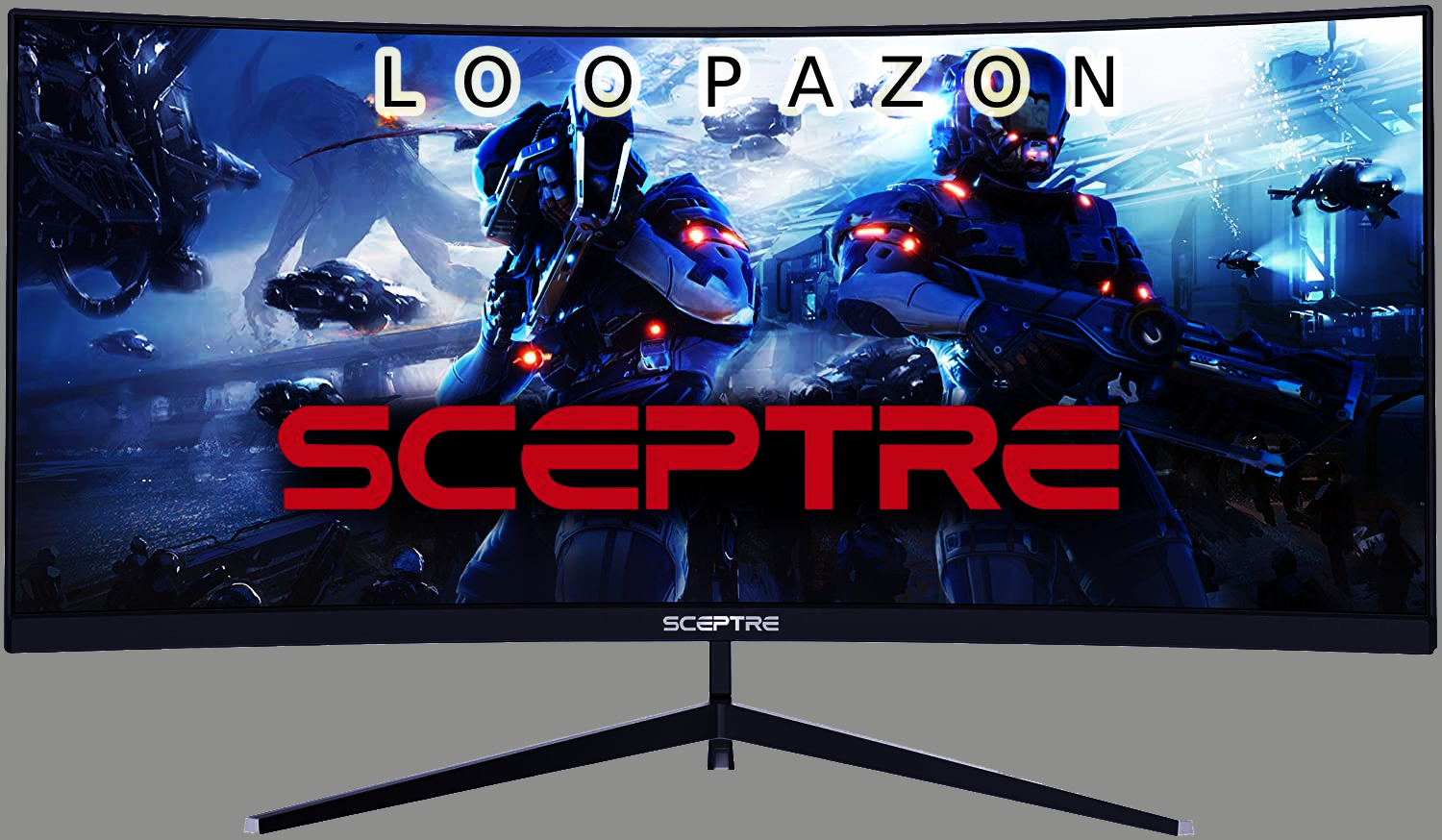
Coming at $279, it is primarily intended for gamers, though the ultrawide display is also very suitable for music/audio producers. The sceptre also comes with an anti-flicker that prevents periodic flickering, producing a sharper and crisper image. The bezel is just 80cm wide and the Sceptre is lightweight and ultra-slim. However, if you don’t need a curved display, the LG 29 inch ultrawide monitor would be the ideal thing.
5. Reliable hard drives
We have discussed about having a really efficient processor and a high capacity RAM. The next most important thing is storage. As we already spoke about large chunks of data being handled in music and audio production regularly, you need really efficient and reliable hard drives with considerably large storage space.
Loopazon’s recommendations for hard drives are:
i) Samsung 860 EVO (SSD): Easily one of the best SSD hard drive options out there, the Samsung 860 EVO has been a favorite with video editors and music producers for its speed and reliability.
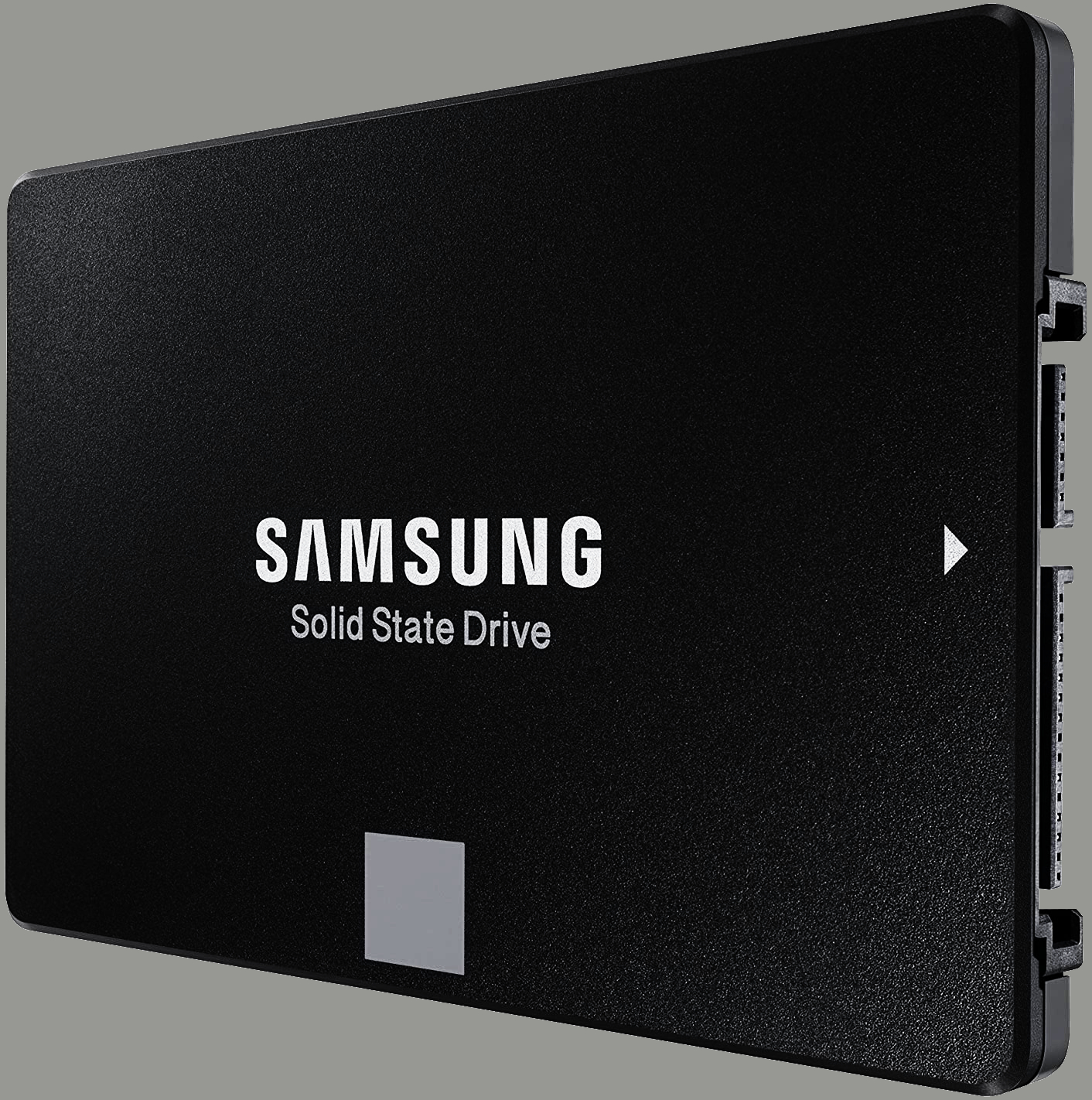
The V-nand technology that powers the 860 EVO is popular among video editors for facilitating seamless rendering of large 4K videos and 3D data. The 860 EVO also boasts a Real-time Accelerated processing feature that facilitates the use of the computer’s RAM for caching. This multiplies the speed and efficiency of your system. 250 GB is the basic offering of 860 EVO, while 4TB is the most premium option available now.
ii) WD Black 1TB Performance Internal Hard Drive 7200 RPM: This internal hard drive from Western Digital coming with a spindle speed of 7200 RPM, is perhaps the best economical option for beginners.
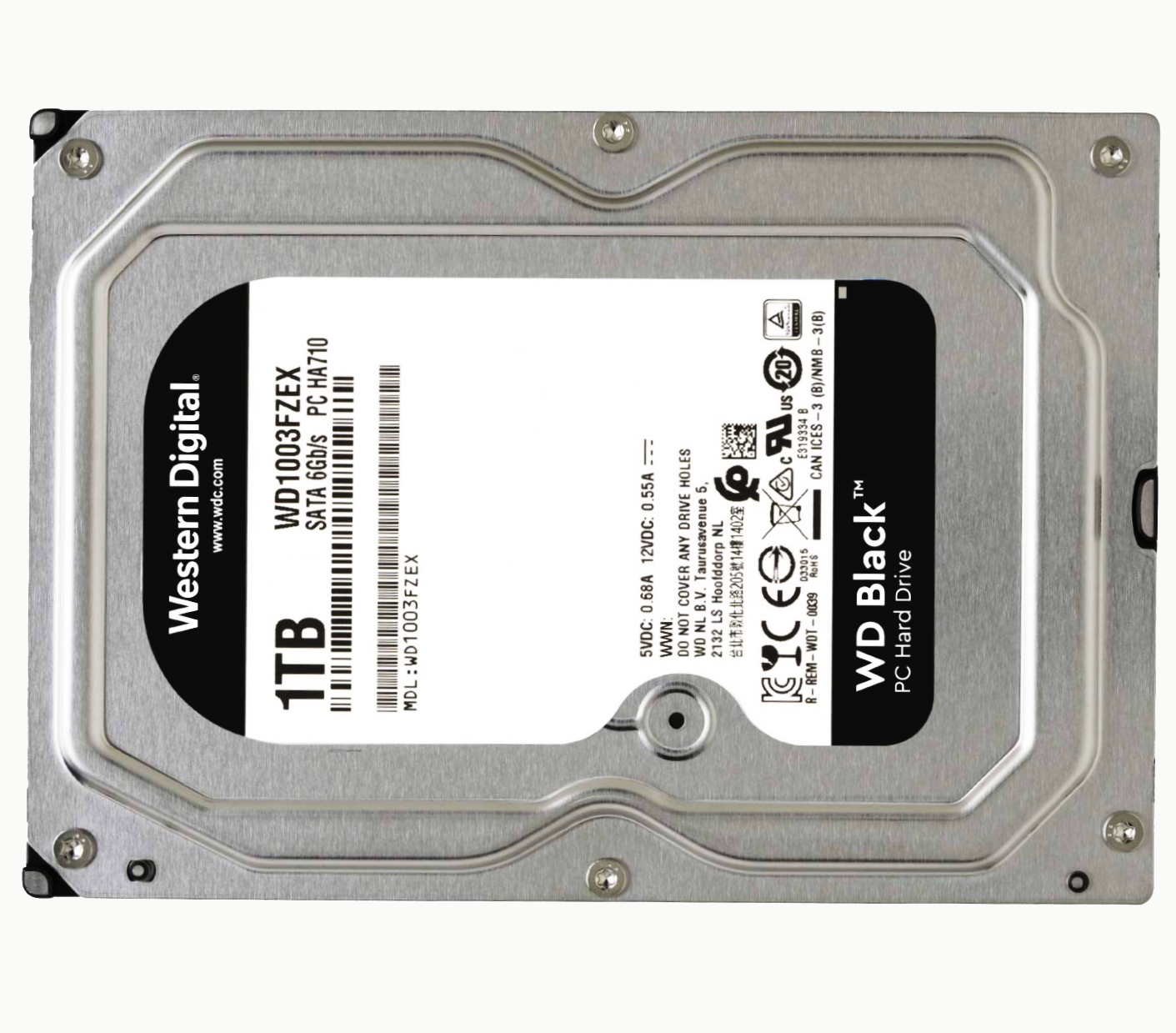
Priced at $48 on Amazon, the hard drive is powered by dynamic caching technology that augments the performance of your system. If you don’t need an SSD to start things with, then go for this.
6. Digital Audio Workstation (DAW)
We have discussed in detail about the appropriate hardware setup that might be sufficient to get you started. Your software application holds equal importance, if not more. Steinberg’s Cubase and Apple’s Logic Pro (formerly Notator Logic), have been the industry standard for decades, being used by top guns like Hans Zimmer, James Newton Howard and A. R. Rahman. However if you are a beginner who is just looking on figuring out how to go about things, then you wouldn’t need such a comprehensive DAW.
You might just need one of these to get started:
i) Reaper: Reaper is the cheapest and most appropriate DAW for beginners. It comes with a 60-dial trial in full version and can be easily installed and run from portable hard drives.
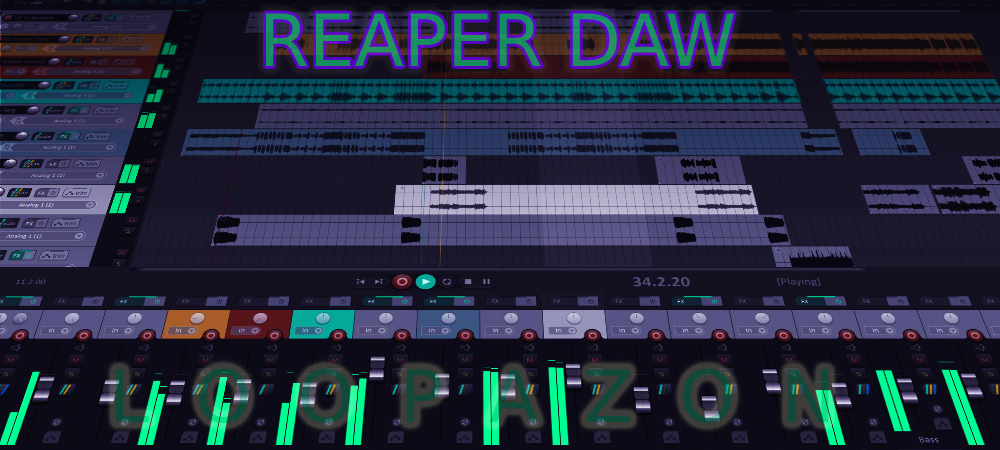
With a 64-bit internal audio processing, the Reaper enables import of any audio, recording and rendering to multiple formats at any bit depth or sample rate. Though Reaper doesn’t come with an expansive virtual instrument library of its own (quite reasonable considering the price tag), it does support hundreds of third-party virtual instruments and plugins.
ii) FL Studio: FL Studio (formerly Fruity Loops) has been among the most popular DAW applications for beginners since the mid-2000s. Image-Line has maintained its popular user-friendly interface in every upgrade. Due to its simplicity, it has also often been a hot favorite among professionals like Martin Garrix, Deadmau5, Poter Robinson, Soulja Boy and Madeon.
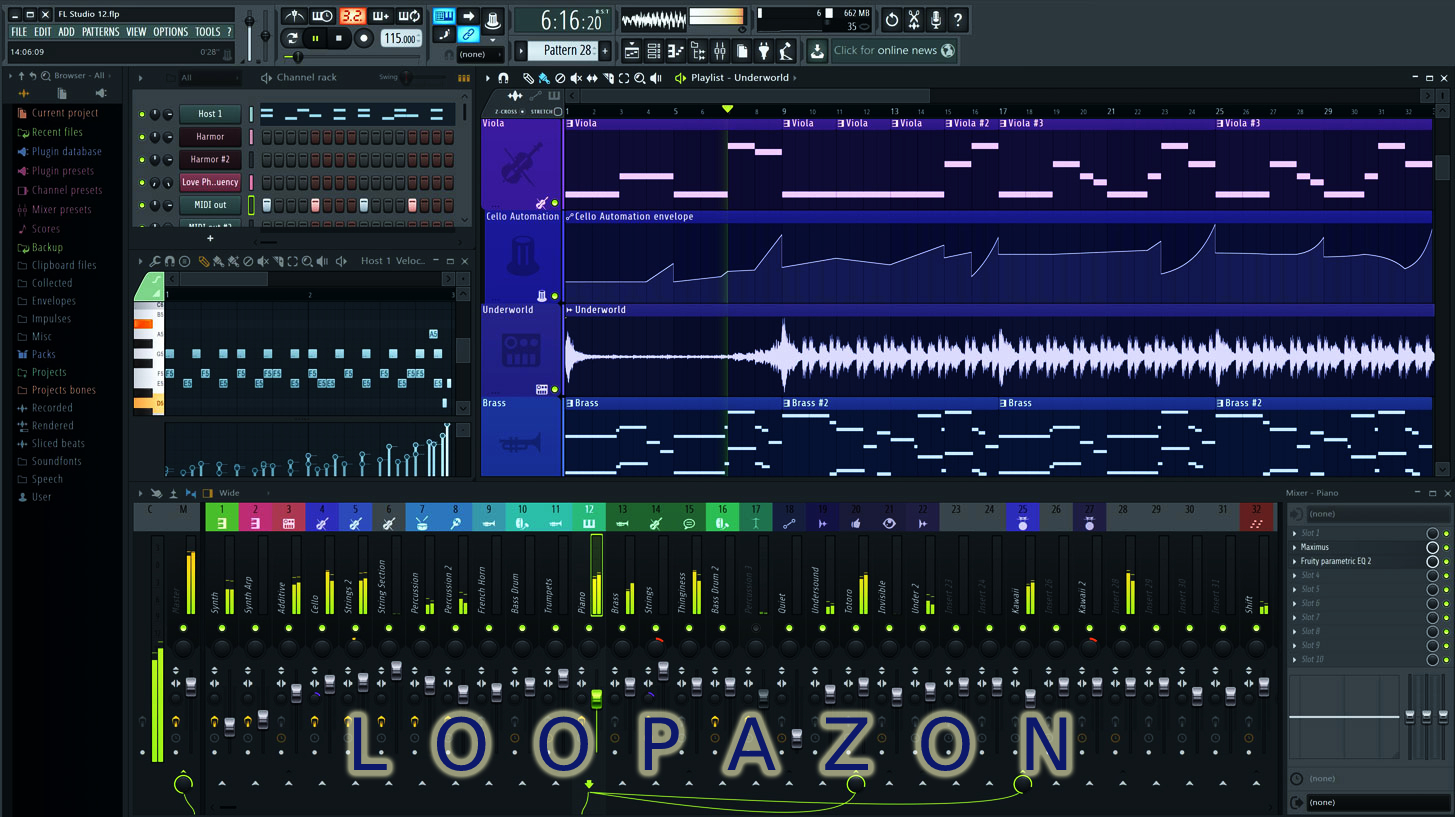
Some music producers often prefer using FL Studio as the single application to compose, arrange, program, mix and master their tracks. Contrary to Reaper, the FL Studio runs on a34-bit inernal processing engine. Initially the application was only available for the Windows operating system. In March 2018, a separate version was launched for macOS.
iii) Ableton Live: The Ableton live has been immensly popular among DJs and has remained a mainstream tool for turntablists. It was also among the first music production softwares that enabled automatic beatmatching of songs. No surprise why it is still a favorite among turntablists.
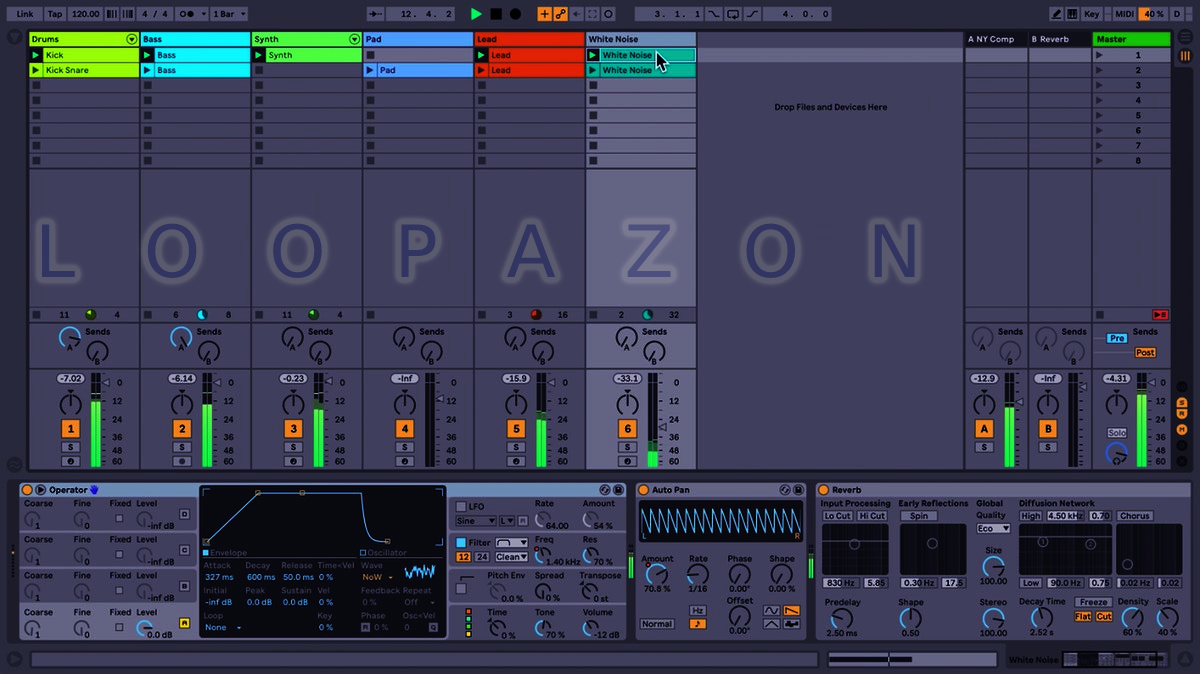
The Ableton Live is also an all-purpose composing and production tool like the FL Studio, where you can compose, arrange, program, mix and master your music. Though the Ableton applies a 64-bit summing to every single mix point, the internal processing is 32-bit. The combination facilitates optimum system performance. The Ableton Live can be run on both Windows and Mac platforms.
We hope that would be quite enough for you to get started on setting up your computer for DAW. Choose wisely the gear that is most appropriate for your use. Sometimes the most affordable gear could have everything needed to get you started with music production. Loopazon wishes you luck!
